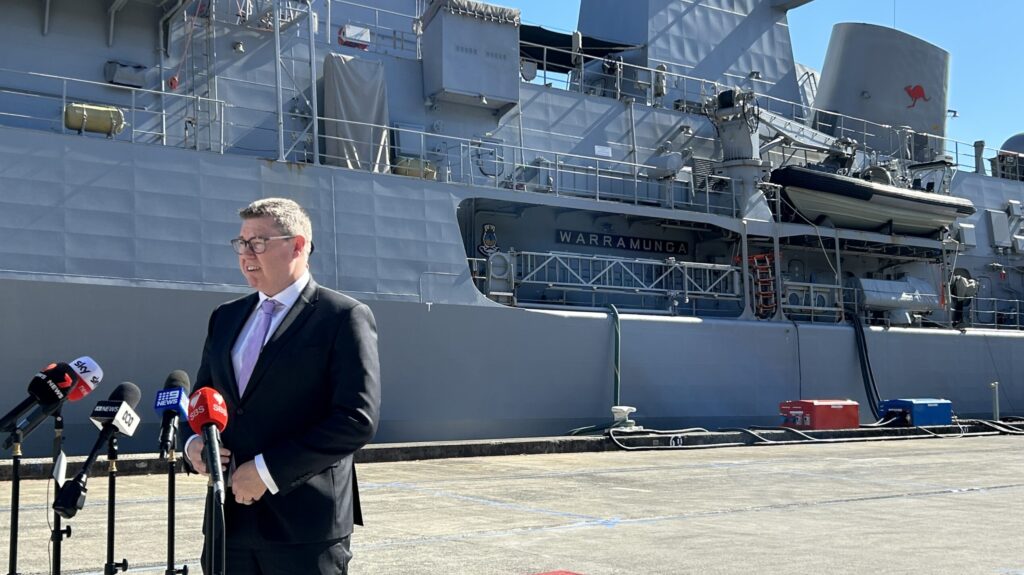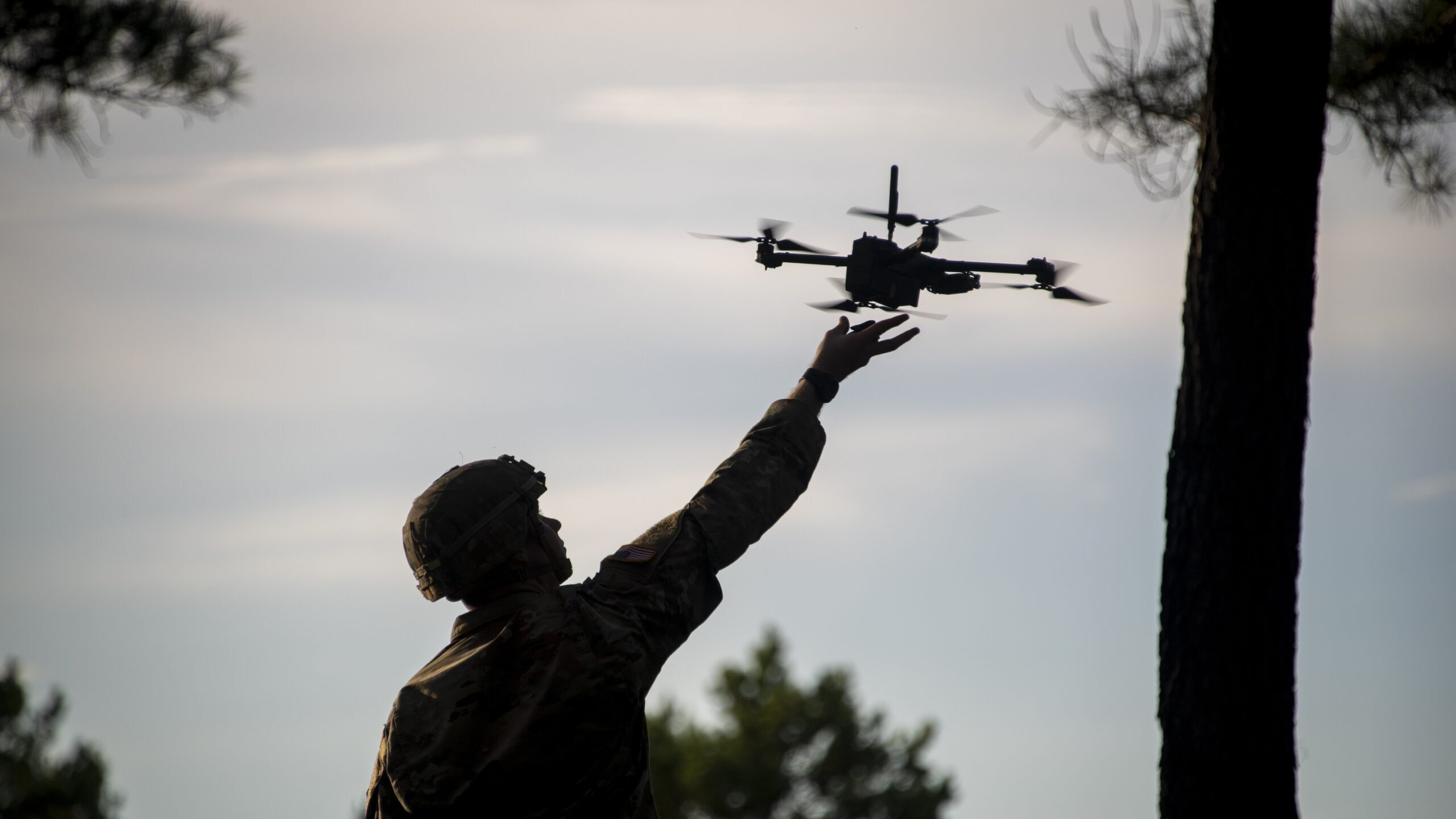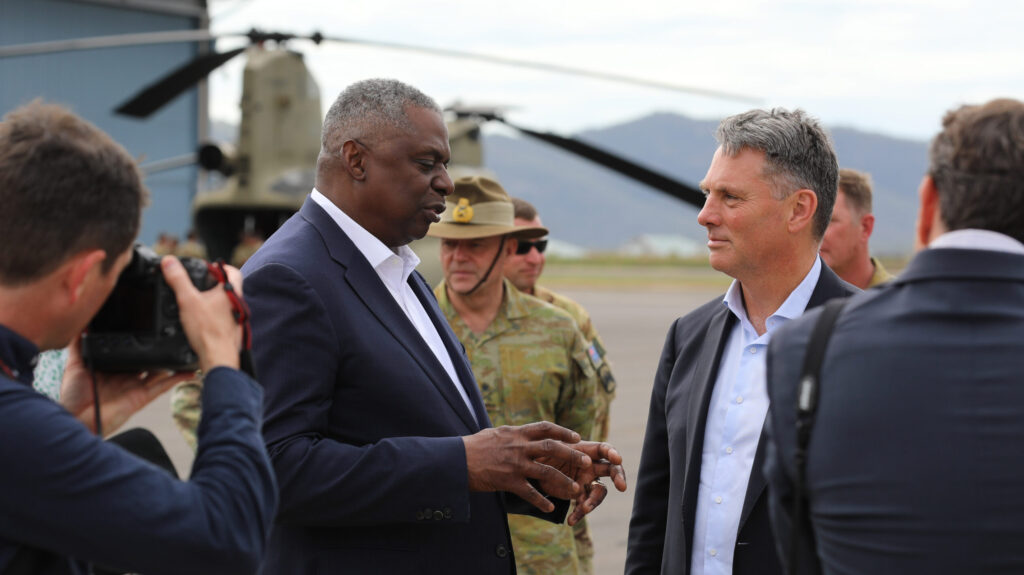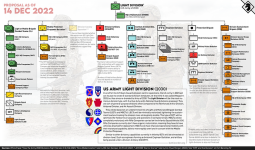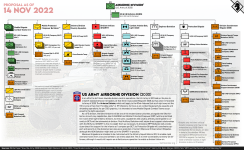Though being "cagey" about details, Deputy Secretary of Defense Kath Hicks said the new Replicator program is meant to get "multiple thousands" of autonomous systems in the hands of servicemembers with two years.
By
LEE FERRAN and
JASPREET GILLon August 28, 2023 at 8:54 AM
A soldier tests a candidate for the Army’s Short-Range Reconnaissance (SRR) drone in 2020 (photo by Mr. Tad Browning, US Army Operational Test Command)
Updated 8/23/2023 at 11:30am ET to include additional comments from Hicks and new outside analysis.
BERGEN, Norway, and WASHINGTON — To counter China’s military mass, the Pentagon today announced a new initiative, dubbed Replicator, that aims to crank out “multiple thousands” of “attritable autonomous systems” across “multiple domains” within two years.
“To be clear, America still benefits from platforms that are large, exquisite, expensive, and few. But Replicator will galvanize progress in the too-slow shift of US military innovation to leverage platforms that are small, smart, cheap, and many,” Deputy Secretary of Defense Kathleen Hicks said today at National Defense Industrial Association in Washington, DC. “So now is the time to take all-domain, attritable autonomy to the next level: to produce and deliver capabilities to warfighters at the volume and velocity required to deter aggression, to win if we’re forced to fight.”
Hicks said the Replicator project was spurred by China’s current “biggest advantage” militarily, “which is mass. More ships. More missiles. More people.”
“To stay ahead, we’re going to create a new state of the art — just as America has before —
leveraging attritable, autonomous systems in all domains — which are less expensive, put fewer people in the line of fire, and can be changed, updated or improved with substantially shorter lead times.
“We’ll counter the [People’s Liberation Army’s] mass with mass of our own, but ours will be harder to plan for, harder to hit, harder to beat. With smart people, smart concepts, and smart technology, our military will be more nimble, with uplift and urgency from the commercial sector,” she said.
Scaling, Hicks said, is the problem Replicator will most directly try to solve.
“We’ve looked at that innovation ecosystem [and] we think we’ve got some solutions in place… across many of those pain points, but the scaling piece is the one that still feels quite elusive — scaling for emerging technology,” she said during a Q&A portion of her presentation. “And that’s where we’re really going to go after with
Replicator: How do we get those multiple thousands produced in the hands of warfighters in 18 to 24 months?
“I mean it’s not without risk; we’ve got take a big bet here, but what’s leadership without big bets and making something happen?”
Hicks said the Replicator name refers not only to the mass production of individual systems, but the push to replicate “how we will achieve” the mass production goal,
“so we can scale whatever’s relevant in the future again and again and again.” It’s a culture change as much as a technological one, she said.
And while Hicks made the Replicator announcement at a gathering of defense industry players, many of whom will presumably compete to make the systems the Pentagon is envisioning, she revealed few concrete specifics — by design.
“We’ll spell out the details of Replicator in the coming weeks,” she said, but added that the Pentagon is “going to be cagey in terms of what we want to share, particularly with the PRC.”
As for what exactly the new initiative hopes to produce, she only said she’d work “very closely” with combatant commanders “on what some of those […] operational challenges are” and work to “drive through” pain points in which necessary tech is getting hung up unnecessarily.
Hicks said she will “personally” oversee the effort, along with the vice chairman of the Joint Chiefs of Staff, supported by the Defense Innovation Unit, and that
the Defense Innovation Steering Group would be the “driving engine for Replicator.”
Byron Callan, an aerospace and defense analyst at Capital Alpha Partners, said in a note to investors that the new initiative signaled that the Pentagon has learned from the widescale use of attritable systems in the war in Ukraine, and that it could provide
an opportunity for new entrants to the defense industry, along with the usual major primes — though he said his firm doesn’t have a “high conviction view on which companies are ‘well-positioned.'” The direct mention o
f “all domain,” he said, suggests each military branch could get a piece of the new initiative’s eventual offerings.
In her speech, Hicks told the audience, “We must ensure [China’s] leadership wakes up every day, considers the risks of aggression, and concludes, ‘today is not the day’ — and not just today, but every day, between now and 2027, 2035, 2049 and beyond. Innovation is vital to how we do that.”



